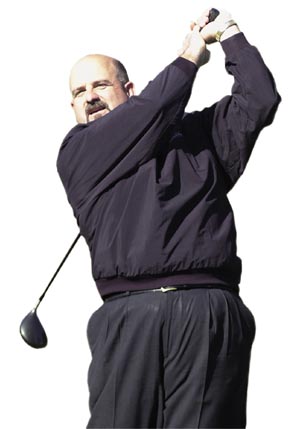As the weather turns warmer, the greens on most golf courses
tend to be a little faster than during the winter and early spring.
Therefore, it requires a more defensive approach to be
successful
As the weather turns warmer, the greens on most golf courses tend to be a little faster than during the winter and early spring. Therefore, it requires a more defensive approach to be successful. With wet, slow greens you can attack the hole, and the ball probably won’t roll very far by it if you miss. Faster greens could easily leave you with a five- to 10-foot putt if you are too aggressive.
With faster greens, three rules of thumb should help. First, play more break and stroke the putt easier. Remember, the harder you hit a putt the less it will break. You don’t want to hit firm putts on fast greens. Hit putts that “die” into the hole.
Second, grip the putter a little looser to have a softer feel and the ball will come off the club softer as well. If you grip the putter tighter there will be less vibration in the hand to grip contact, making the ball leave the putter faster.
Third, strike play the ball farther out toward the toe of the putter on fast putts. If you do this, it will lessen the impact and give the ball a much slower roll. Use this with extremely slippery, downhill putts. It will allow you to make a nice stroke without fear of the ball traveling too far.
–
Don DeLorenzo is a PGA-certified instructor at Gilroy Golf Course. To schedule a lesson with Don, call Gilroy GC at (408) 848-0490.










